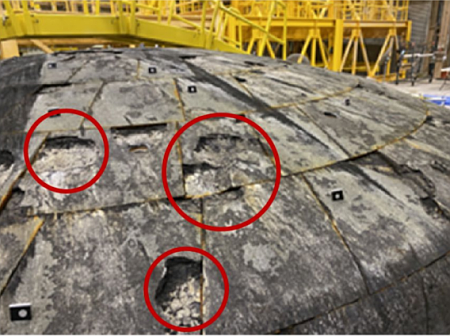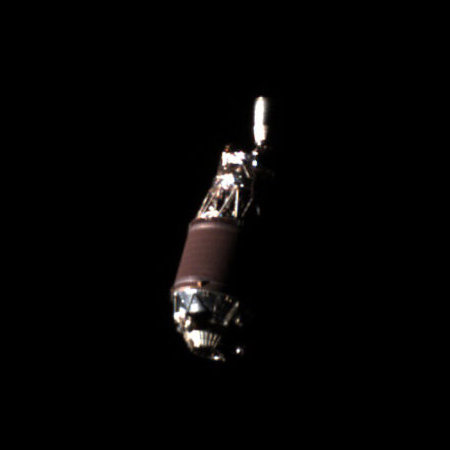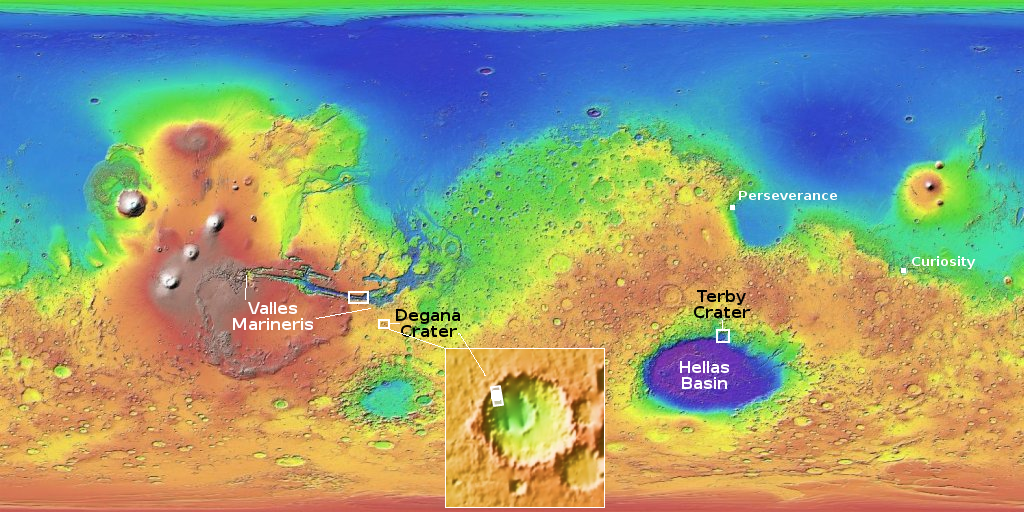Modern scientists discover the obvious: In a experiment to see the impact of COVID on people who had previously gotten sick with the virus, scientists have discovered something called “natural immunity,” a phenomenon once known to doctors and ordinary people for centuries but purposely forgotten in 2020 when an election was coming up and the leftists who controlled most universities, health departments, and science organizations wanted a panic to prevent Donald Trump from getting reelected.
Researchers use challenge trials to understand infections and quickly test vaccines and therapies. In March 2021, after months of ethical debate, UK researchers launched the world’s first COVID-19 challenge trial. The study identified a minuscule dose of the SARS-CoV-2 strain that circulated in the early days of the pandemic that could infect about half of the participants, who had not previously been infected with the virus (at that time, vaccines weren’t yet widely available).
In parallel, a team led by Helen McShane, an infectious-disease researcher at Oxford, launched a second SARS-CoV-2 challenge study in people … who had recovered from naturally caught SARS-CoV-2 infections, caused by a range of variants. The trial later enrolled participants who had also been vaccinated.
…When nobody developed a sustained infection, the researchers increased the dose by more and more in subsequent groups of participants, until they reached a level 10,000 times the initial dose. A few volunteers developed short-lived infections, but these quickly vanished.
…“We were quite surprised,” says Susan Jackson, a study clinician at Oxford and co-author of the latest study. “Moving forward, if you want a COVID challenge study, you’re going to have to find a dose that infects people.”
This article in the science journal Nature is written in a very clunky manner, almost as if the writer and editors wanted to obscure these findings.
The bottom line however is no surprise to anyone who kept their heads during the 2020 COVID panic. This virus was not the plague, but merely comparable to a new strain of the flu, though apparently artificially created by a Chinese lab in Wuhan that was partly funded by American federal funds from the NIH. And like all such diseases, once you caught it your own immune system naturally figured out how to protect you from it in the future.
And like the flu, if you were young and healthy it was incapable of killing you. The quicker the general population had gotten infected and immune, the quicker the epidemic would have died out, making it impossible for the virus to harm many of the sick and old. That was the standard response to epidemics until 2020.
Instead, the health establishment went nuts, forgot basic science, and did exactly the opposite, thus killing many more of the old and sick than necessary.














